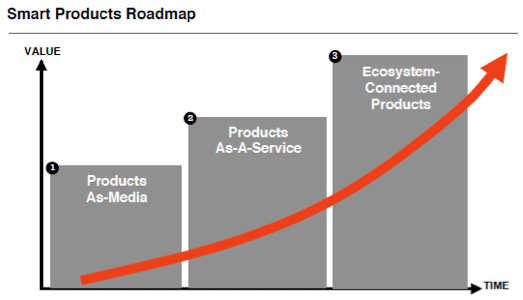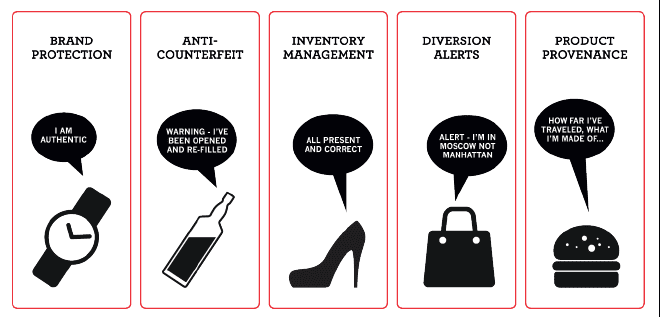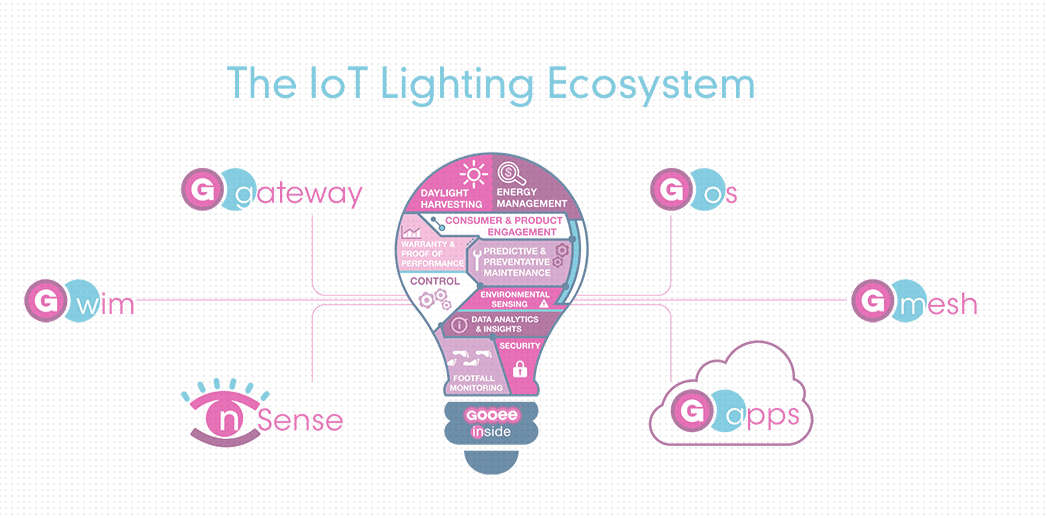The mobile app landscape is changing — no one can argue with that. But, the results of the 2016 Enterprise Mobile Apps Report — conducted by Edelman in partnership with Adobe — shine a very bright light on a key corner of the industry: the enterprise app landscape. These internal-facing apps are changing industry-wide discourse in many ways, pushing companies to reexamine not only their enterprise mobile strategies, but also the processes and workflows that have often defined these businesses since day one.
It’s a seismic shift — and one that the report delves into, providing comprehensive insights into today’s enterprise mobile app landscape, including the priorities, preferences, and barriers to entry. Together, these powerful forces are shaping all aspects of enterprise mobile adoption, integration, and ultimately, evolution — from who’s investing to who has the true competitive advantage at the end of the day.
Where We Are TODAY
So, what does it all look like right now? According to the Enterprise Mobile Apps Report, two-thirds of companies already have these apps in place, and of those, nearly 7 in 10 have 2–5 in use. Further, for those who have integrated enterprise mobile apps within their organizations, it’s clear that employees are embracing them at higher and higher rates over time — 66 percent of companies that use these apps say the number of employees tapping into them has increased year over year.
All of that said, it’s evident that we’re both in the enterprise mobile app adoption period, and that we’re seeing a massive uptick in usage simultaneously. In many ways, this one-two punch is what fueled the added investments and increased push to get these up and out the door. And, as a result, they’re receiving solid ROIs.
Though the specific goals tied to these mobile apps vary from company to company, they tend to revolve around a few key objectives:
- Increase employee productivity;
- Enhance and streamline task performance;
- Ensure employees have immediate access to tools and information they need to succeed; and
- Connect with customers and stakeholders in simplified, real-time formats.
Now, for the big question: What’s driving this rapid adoption and breakneck growth? According to the report, it’s a fear of being left behind. More than three in five respondents agree: companies that haven’t deployed enterprise mobile apps are at a clear disadvantage. Why? Because they have less-efficient operations (61 percent), seem outdated (51 percent), and miss out on new client/sales opportunities (47 percent). In other words, if companies don’t have these apps in place, they see themselves as missing out on these essential performance indicators. That’s why enterprise mobile apps have become such a buzzworthy topic — that’s why they’re becoming must-haves in all corners of the industry.
Understanding Employee Adoption and Corporate Integration
Again, these apps aren’t being launched into the abyss. Employees are increasingly integrating their companies’ enterprise mobile apps into their job functions, helping them navigate a host of key tasks and responsibilities. Usage is up since this time last year, and performance is improving and increasing right along with it. On average, companies with enterprise mobile apps are seeing their ROIs hover around 35 percent — and, with numbers like that, it’s no surprise that more than half of these departments expect to increase their investments in the next 12 months.
The ROI is driven by a number of different factors; though, the majority center around one thing: productivity. Enterprise apps enable employees to do more work, communicate better, and remain motivated from start to finish. Think about the sales reps at typical tech firms — specifically, think about the number of emails and newsletters flying into and out of their inboxes 24/7. Wouldn’t it be more efficient to have all of that essential sales information available in a mobile app, one that sent a push notification every time new and important information was added? Wouldn’t it streamline communications and, as a result, ensure stakeholders were more in the know?
But, that’s just the tip of the iceberg. ExxonMobil, for example, is using enterprise mobile apps for recruitment. Their recruiting app, Working at ExxonMobil, enables prospective interns and entry-level employees — in most cases, millennials who are used to getting all of their info and intel through their devices — to get a taste for life inside the company. The app offers a preview of the new Houston campus and digs into different career paths within the organization.
And, ExxonMobil isn’t alone. In 2014, REI launched its first enterprise mobile app, a Floor Set Guide Trainer that leveraged Adobe Digital Publishing Suite — now Adobe Experience Manager Mobile. The goal of the app was to help associates set up visual displays in their own stores while ensuring their sales teams were promoting the right merchandise and, above all, best serving their customers. The results were staggering: two out of three associates who participated in the 10-store pilot said the app enabled them to spend more time on the sales floor, and all participants said the app was a “valuable resource.”
The REI enterprise initiatives continued, and today, the brand has 5 apps and 63 folios boasting more than 10,000 downloads that, together, have elevated employee engagement and overall service. What’s more, through built-in analytics, REI is able to gauge usage, engagement, and other key performance indicators (KPIs) to ensure future rollouts deliver meaningful employee and customer value.
The TRUE Competitive Advantage
While it’s clear that enterprise apps deliver major internal and external advantages, many companies still haven’t embraced the trend. Furthermore, even those that have may not have fully evolved strategies, which can leave them at a definite disadvantage. While more than three in five say it’s important to be ahead of the competition, nearly two in three consider themselves on par with — or even behind — their competitors. It’s a major disconnect that rests solidly in organizations’ inabilities to modernize their strategies and execute on those strategies before their competitors do.
Ultimately, your success in building and using enterprise mobile apps comes down to selecting platforms that will position your company to achieve success — now and in the future. They should integrate well with your existing business systems and, of equal importance, be able to scale and grow as your business needs change. App content management is key to delivering an exceptional user experience. And, it all begins with making sure you have the right tools and processes in place to drive continuous updates and easily integrate, edit, and organize content on the go. Enterprise content management systems, like Adobe Experience Manager Mobile, can support this piece of it by utilizing content from across the enterprise and keeping it fresh and up to date. From there, they can help companies understand KPIs, analytics, and other personal indicators. It’s a more positive user experience on both sides.
The (Not-Too-Distant) Future of Enterprise Mobile Apps
To evolve and bolster your organization’s enterprise mobile app initiatives, it’s essential to focus first on mission-critical apps that meet the needs of your increasingly mobile workforce. According to the Enterprise Mobile Apps Report, some examples include:
- Customer service (61 percent);
- Customer-relationship management (60 percent);
- Sales enablement (59 percent); and
- Messaging/collaboration (59 percent).
Once established, the next step is to scope out and integrate the core capabilities necessary for success — from security and business systems to ease of publishing and multiple-platform support.
Another key step is to be sure you have a team in place to oversee challenges, opportunities, and barriers to adoption. Respondents indicated that their biggest challenges included security, update-driven errors, and lack of in-app customization — your team should be able to deftly maneuver through these common barriers, providing efficient, effective solutions to steer your company through. This team can also help with employee adoption and perception, including making sure apps are productive and make employees feel empowered. Close to 9 in 10 respondents agreed that this is essential to success.
There’s much more to the conversation and a lot more to come on the enterprise mobile app front. Download the complete 2016 Enterprise Mobile Apps Report to learn more about how enterprise mobile apps can help guide your business’s productivity.
The post Driving Competitive Advantages With Enterprise Mobile Apps appeared first on Digital Marketing Blog by Adobe.
from Digital Marketing Blog by Adobe
https://blogs.adobe.com/digitalmarketing/mobile/driving-competitive-advantages-enterprise-mobile-apps/
via Tumblr http://euro3plast-fr.tumblr.com/post/152548352069
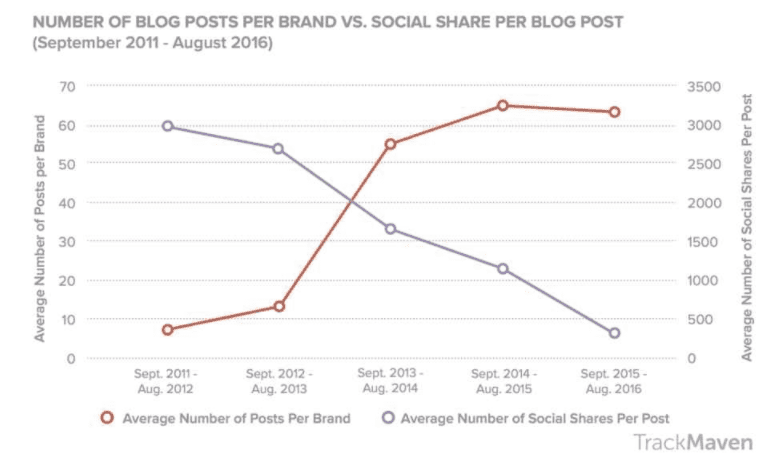
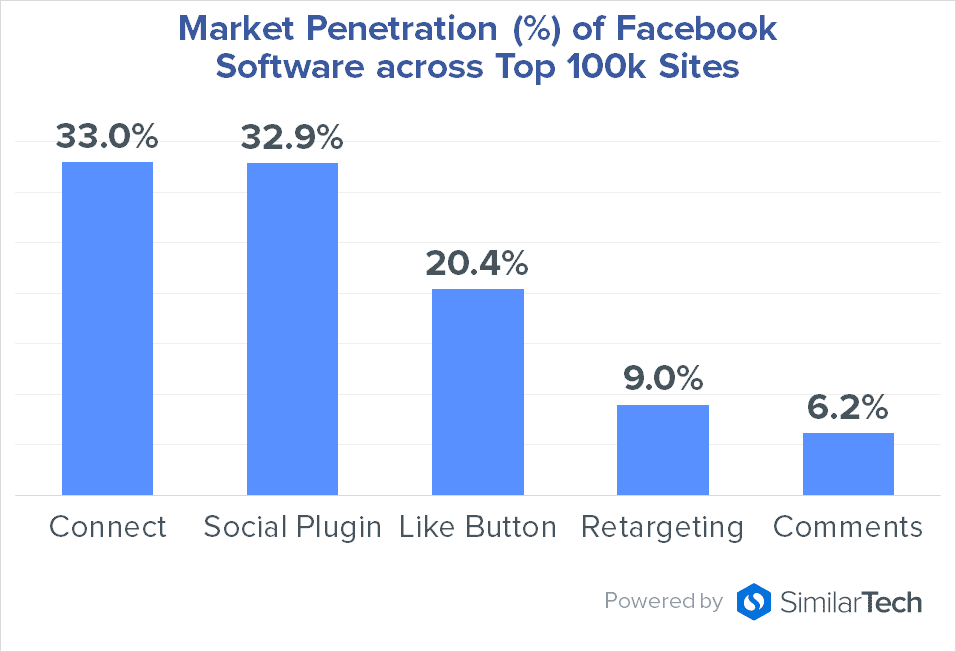
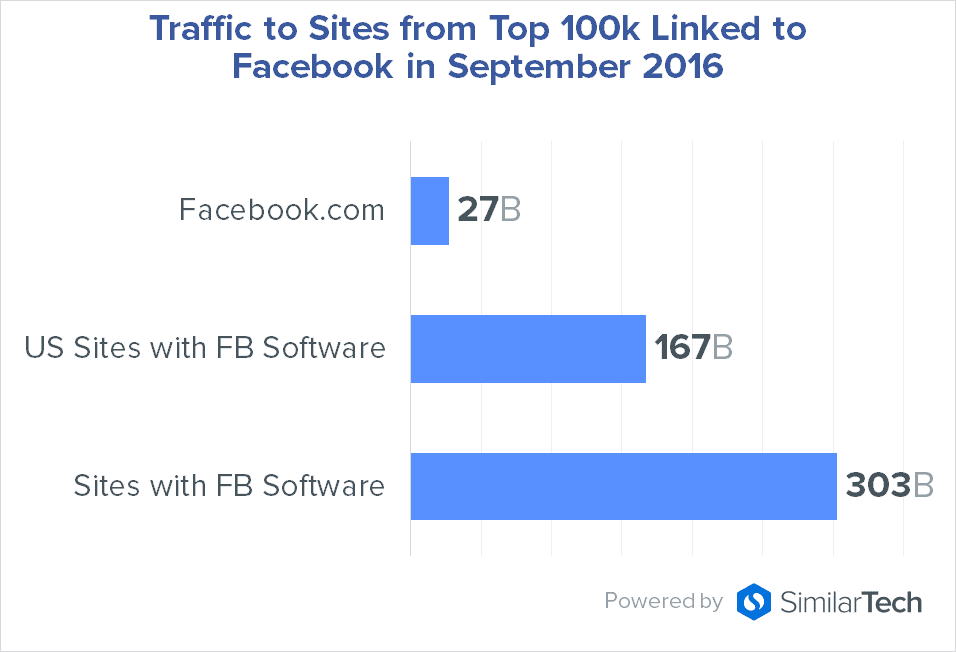
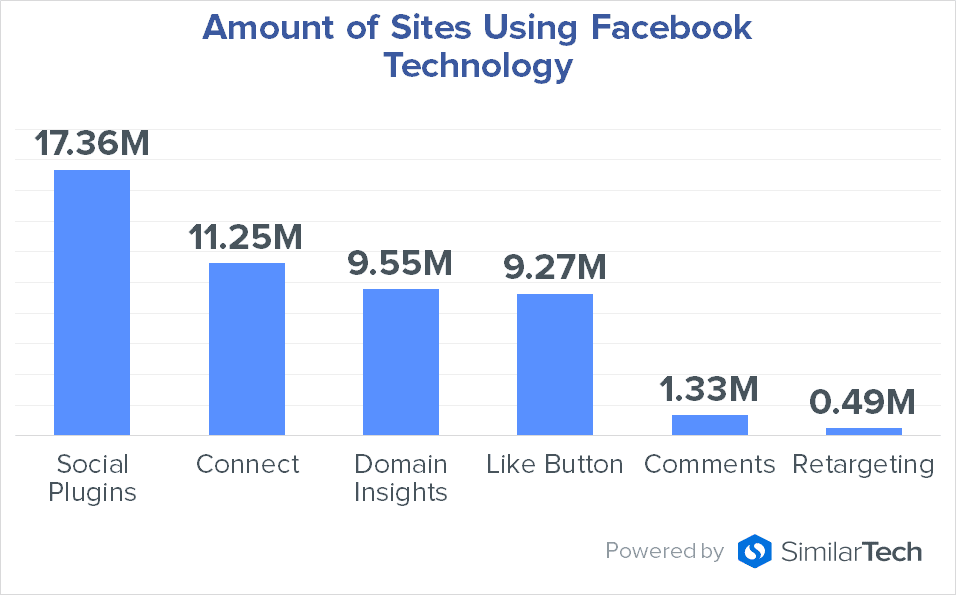
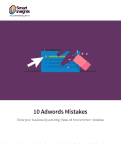
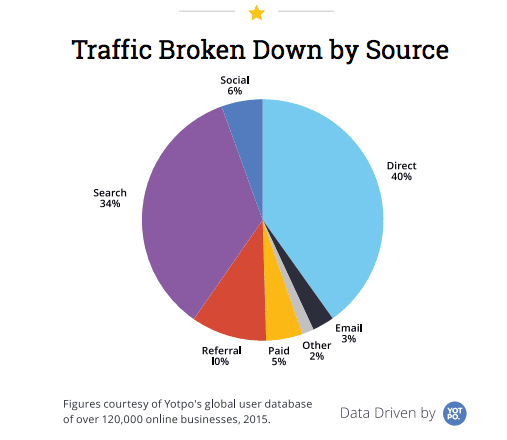
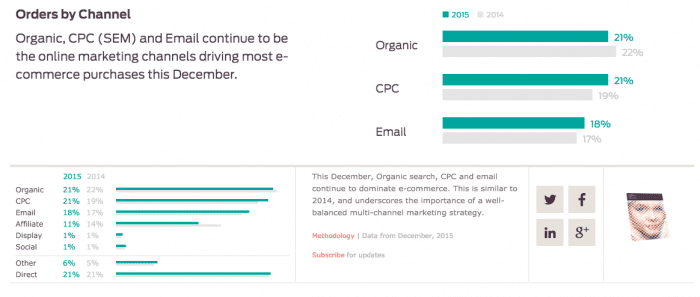
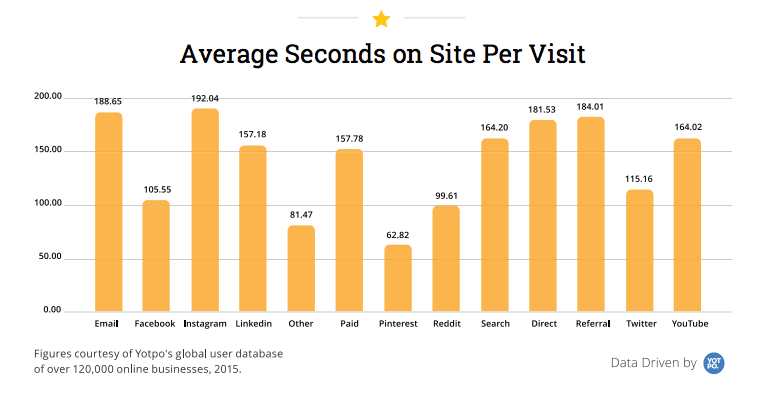
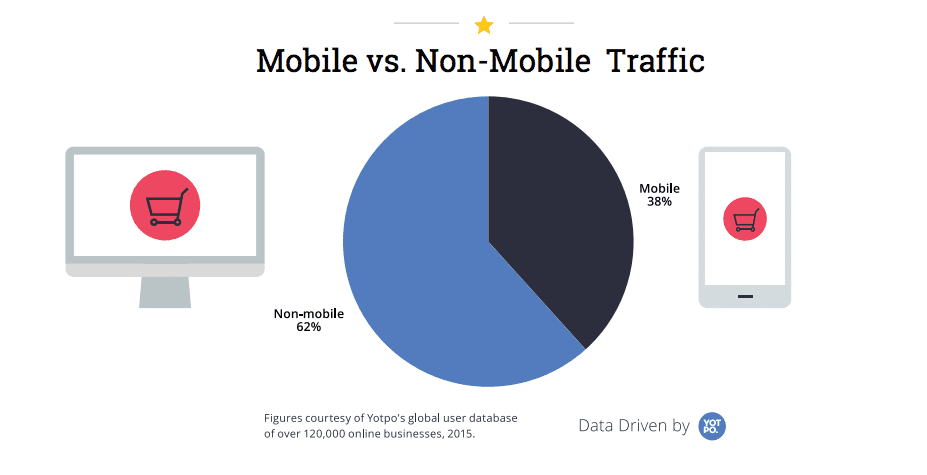
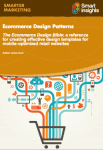



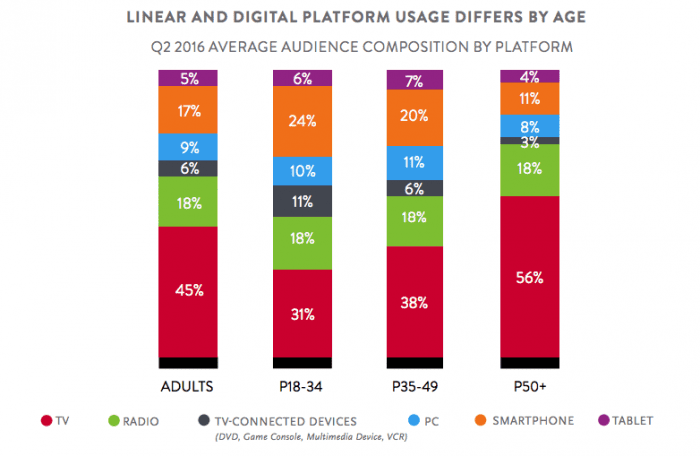
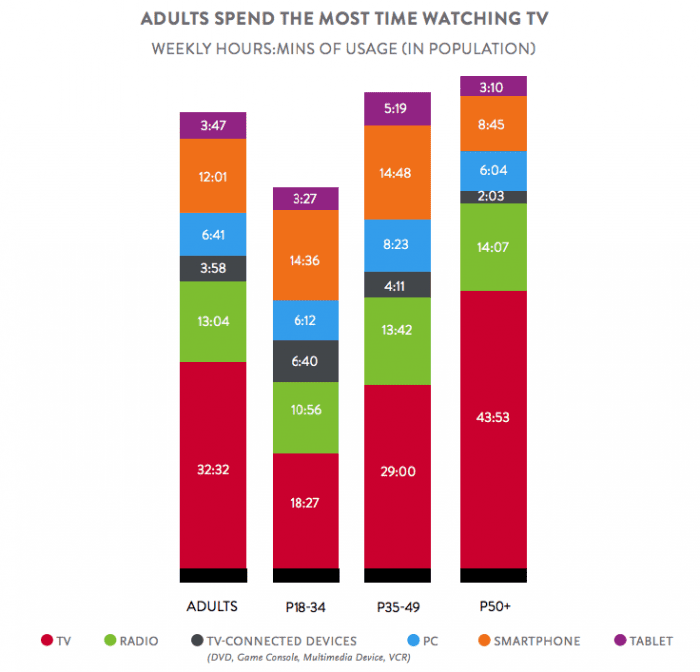
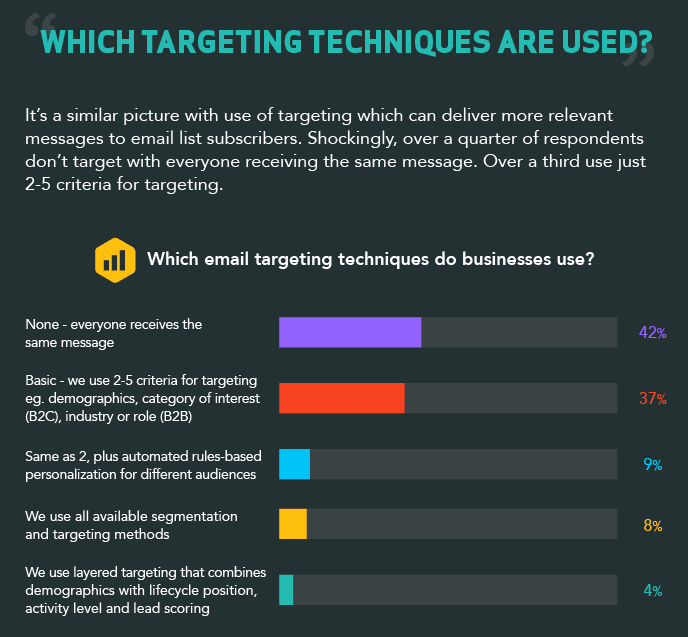


 Thanks to
Thanks to 